Table of Contents Show
“Spiritfarer” is a new video game from independent studio Thunder Lotus. Its lushly animated visuals and charming writing really stand out, but beneath that pleasant presentation is a refreshing new take on the popular “management” or “life-sim” genre. The game frames familiar farming, crafting, and dialog mechanics within a completely mold-breaking narrative. Through this simple recontextualization, “Spiritfarer” is not only able to deliver a fulfilling gameplay experience but also a poignant message about the nature of responsibility.
The Place Between
“Spiritfarer” is set in a purgatory world between the realm of everyday human life and the afterlife proper. Imaginatively, this world takes the form of a vast ocean, where perpetual storms rage, gargantuan mythical creatures roam beneath the waves, and lost spirits wander on scattered islands. At the center of the ocean, a monument known as the “Everdoor” functions as the only gateway into whatever lies beyond this intermediary plane.
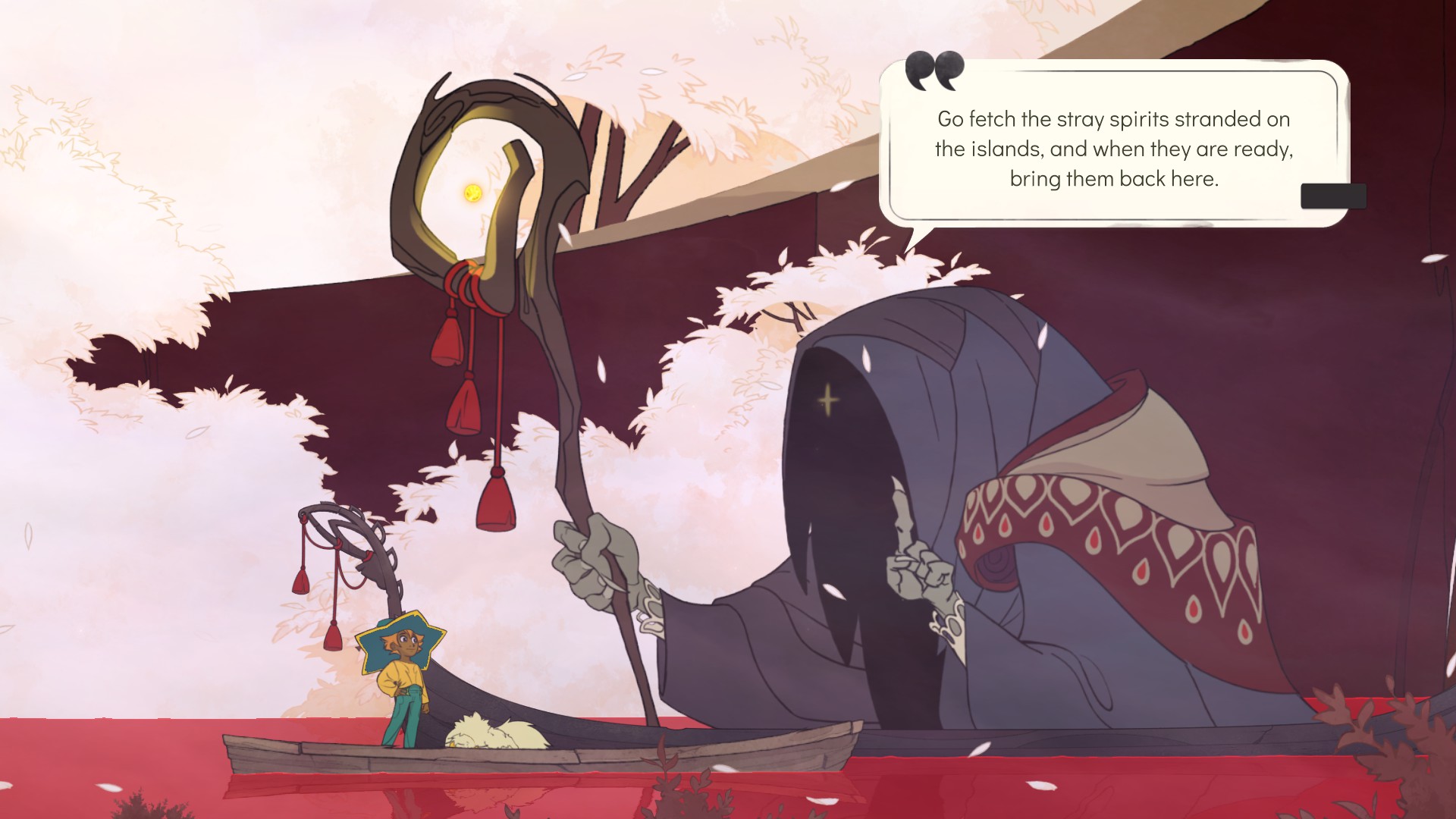
Credit: “Spiritfarer,” Thunder Lotus Games
When a spirit is ready to move on, they are summoned by a figure known as the Spiritfarer, who guides them to the Everdoor in a magical ship. Before the events of the game, this important responsibility is carried out by the original Stygian boatman, Charon. However, his long labor ends at the beginning of the game, and his position is passed on to a perpetually cheerful young girl, Stella, who functions as the player character. Soon, she acquires a ship and starts roaming the ocean, looking for lost spirits to take into their care and eventually into the afterlife.
The Daily Grind
Of course, it’s not just a simple matter of picking up a spirit and bringing them to the door. The spirits, who each take the form of a specific, symbolically-resonant anthropomorphic animal, all have unfinished business and lingering psychological hang-ups, which are resolved through their individual main quest lines. In the meantime, all the spirits need to be housed, fed, and cared for emotionally, and their mood will decrease over time unless the player takes steps to maintain it. The everyday maintenance of the ship and its passengers forms “Spiritfarer’s” primary gameplay loop.
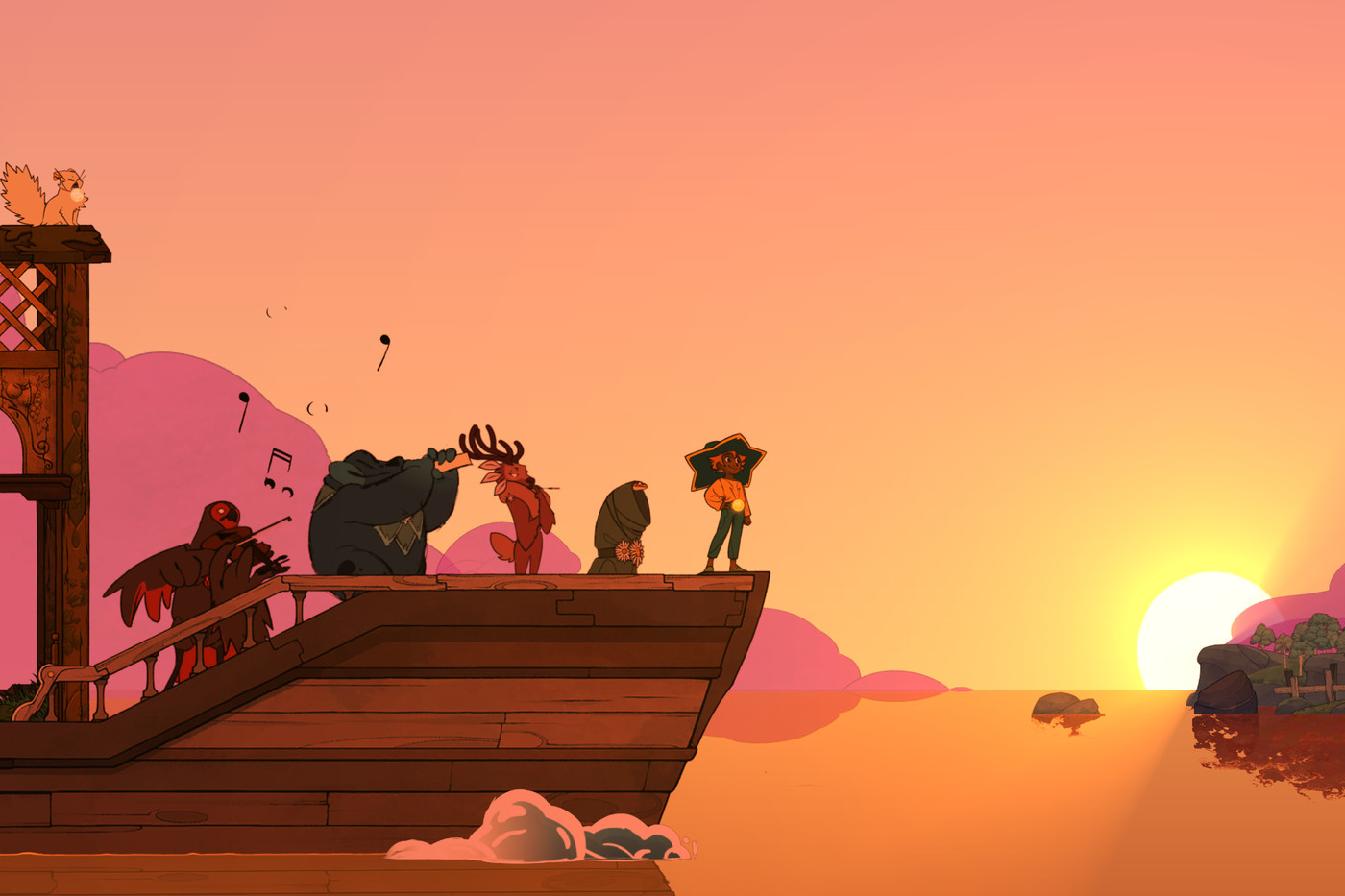
Players familiar with traditional “life-sim” or “management” games such as the various iterations of “Animal Crossing” or the 2016 indie hit “Stardew Valley” will find themselves right at home performing many of “Spiritfarer’s” quotidian tasks. Farming, fishing, crafting, cooking, mining, and conversing with non-player characters are all par for the course.
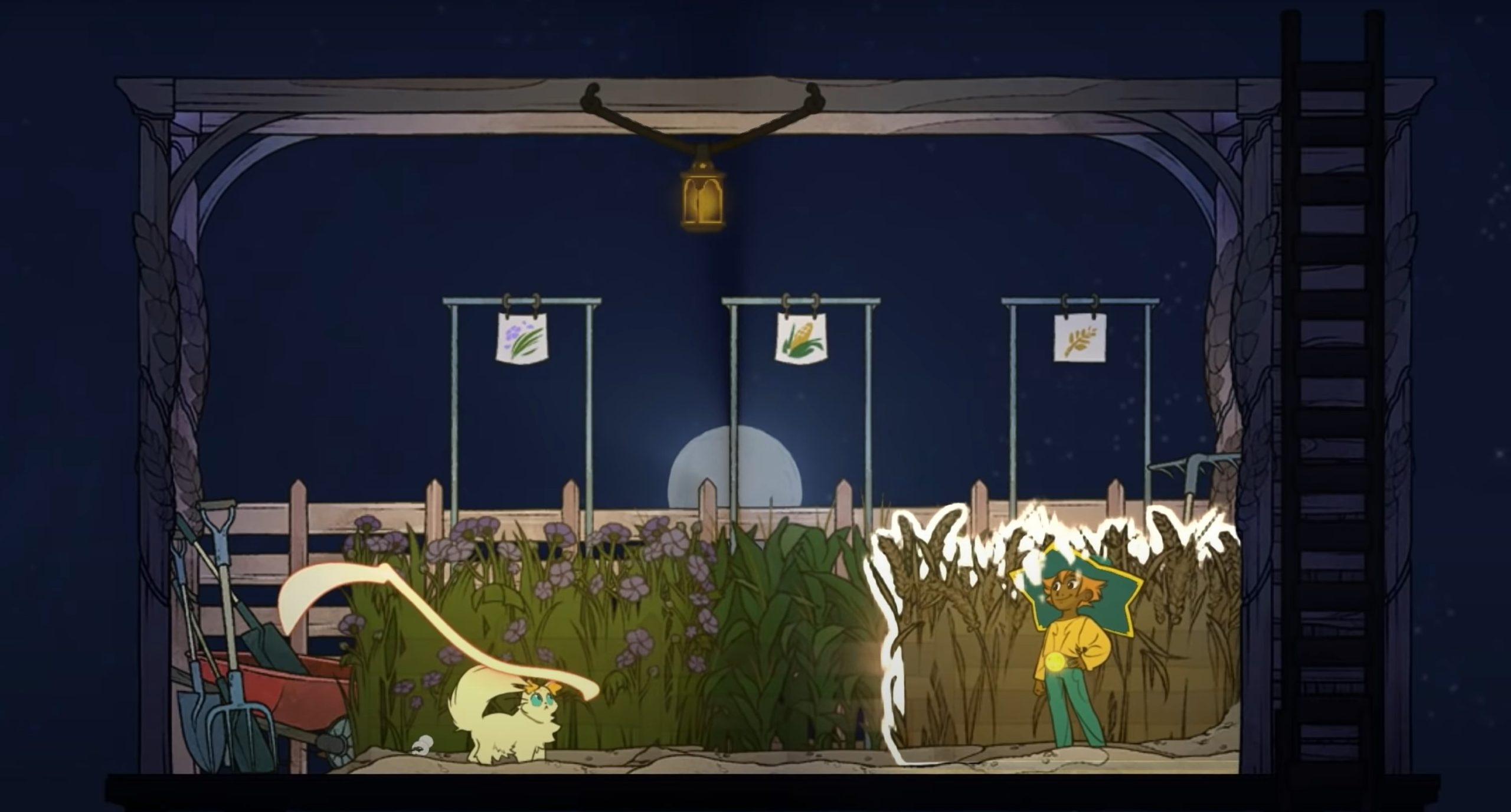
Typically, games like “Stardew Valley” feature open-ended stories. The main character is just one member of a larger community that would get on fine without them. So the player is free to determine their own motivation and indulges in whichever of the available tasks they would like, and to whatever extent. This storytelling technique makes perfect sense for “Stardew Valley’s” brand of repetitive gameplay because the point is to let the player zone out and relax. So they’re free to follow their bliss; no one’s telling them what to do.
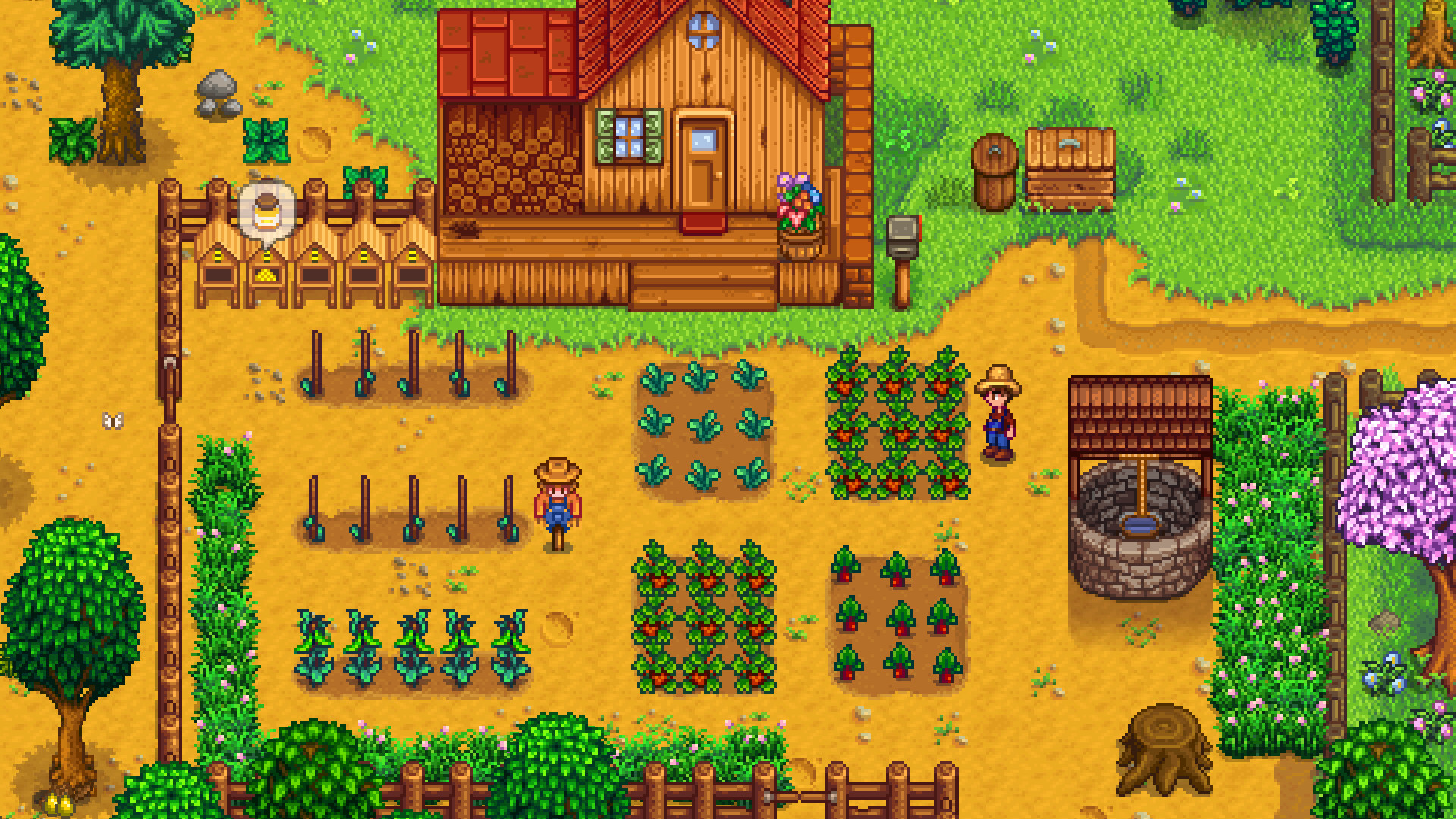
The subversive genius of “Spiritfarer” is that someone is definitely telling you what to do. There is literally a cosmic mandate for Spiritfarers to perform the duty of ferrying lost souls into the afterlife and keeping them happy along the way. This simple switch in framing changes the game’s repetitive tasks from a means of fulfilling the player’s freely chosen ambitions to an externally imposed responsibility.
That isn’t a bad thing, though. For one, the game’s calming music, bright colors, and charming writing keep the gameplay relaxing. But even further, the “life-sim” gameplay loop that works so well for games about personal goals is also great for a story about the burden of responsibility. After all, most everyday tasks in real life are done to fulfill some obligation, and “Spiritfarer” reflects that reality in order to deliver a poignant message.
Simple Joys
The first thing players might notice about “Spiritfarer’s” responsibility-based gameplay is that they quickly become emotionally invested. It’s not hard to see why: an extremely sympathetic group of adorable, charming animal characters is counting on them, so they won’t want to let anyone down.
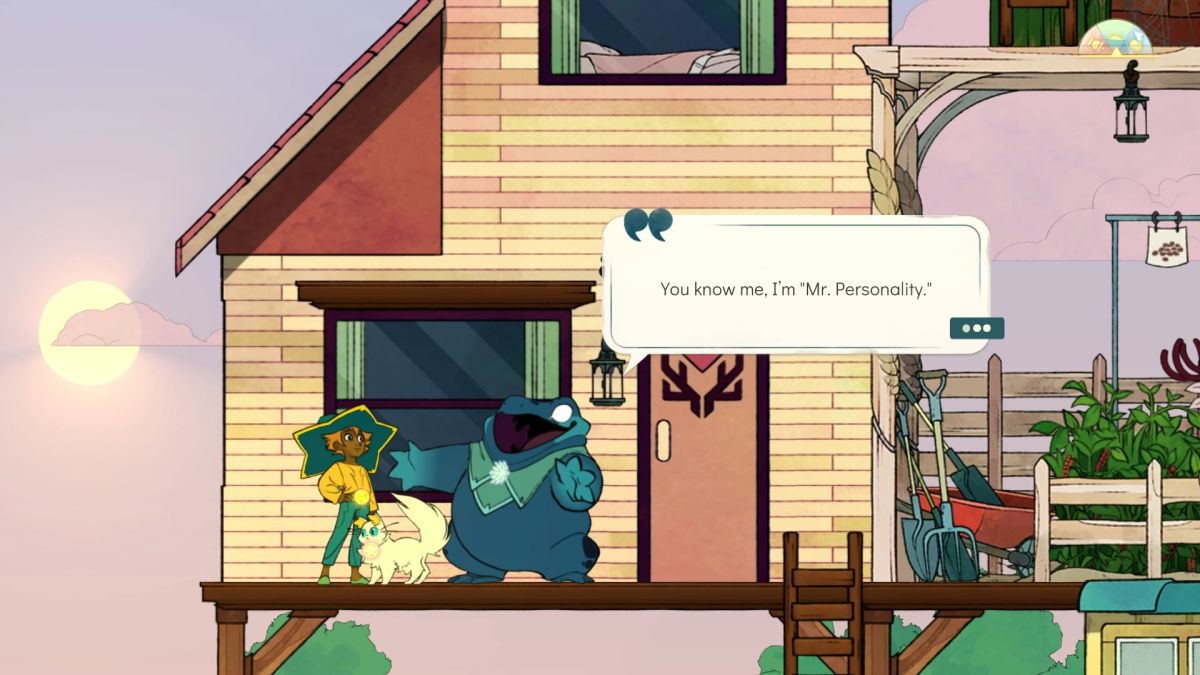
Credit: “Spiritfarer,” Thunder Lotus Games
As a result, the player will soon find themselves running feverishly around the ship, growing and cooking each spirit’s favorite food, building individual houses to their demanding specifications, and ensuring beyond all doubt that each and every one of them is hugged frequently enough. (Yes, there is a menu option specifically for hugging.)
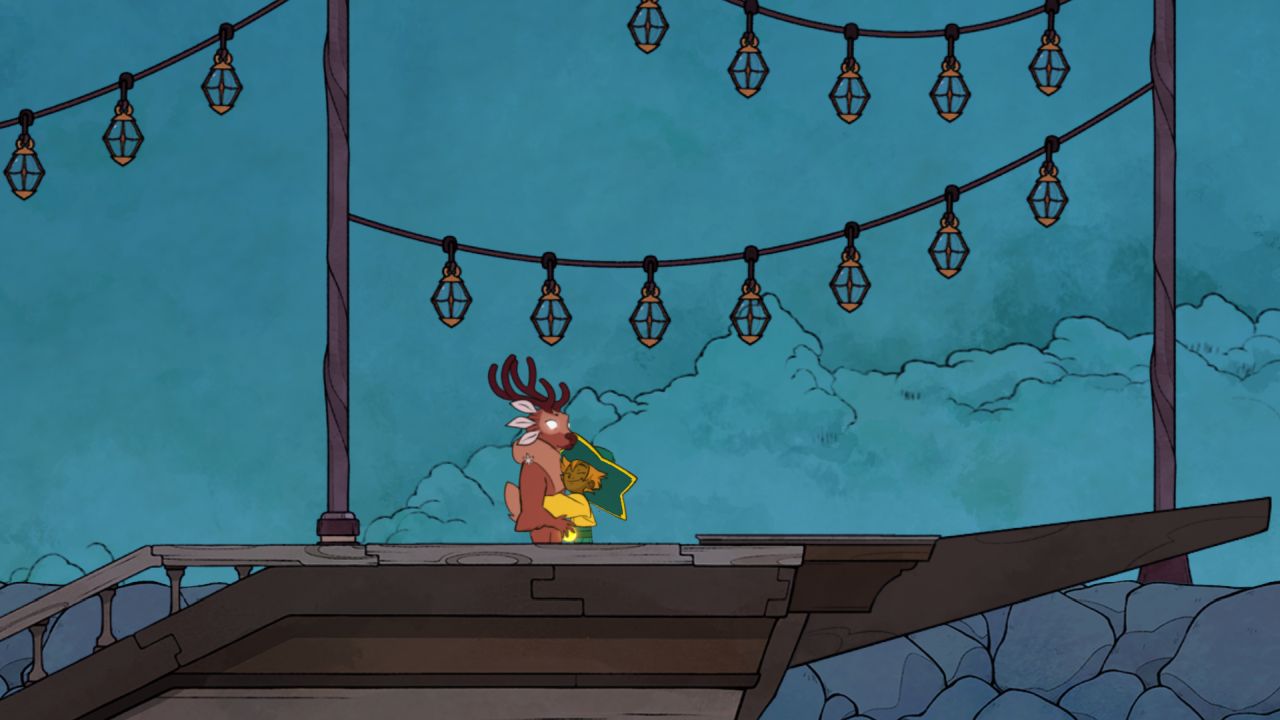
Credit: “Spiritfarer,” Thunder Lotus Games
Just as quickly, players will likely find that these tasks, though sometimes difficult and tedious, are very satisfying. It’s a real joy to hear a spirit’s words of gratitude and to see their happiness maxed out, even if that happiness is really just a slider in a menu. Later on, completing main quests and unlocking new dialog can have a profound effect simply because of the consistent effort it took.
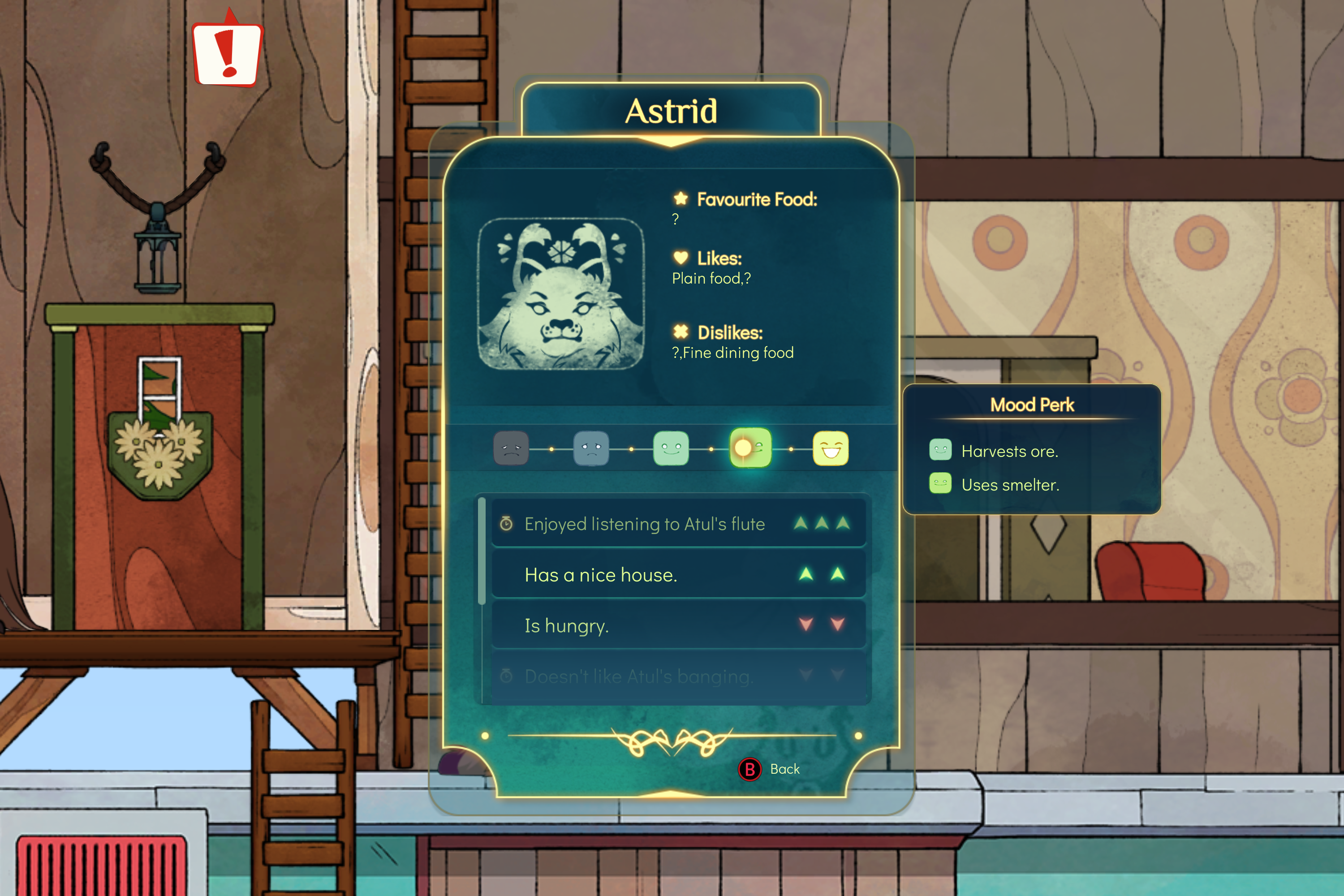
Credit: “Spiritfarer,” Thunder Lotus Games
On the other hand, poor maintenance has real consequences. The first time a player sees a spirit complaining of hunger or accidentally burns food by leaving it in the oven can also be emotionally intense, and it only motivates them to work harder at their mission of maintenance. Eventually, the player attains a sort of flow state. They run from one end of the ship to the other, multitask with impeccable timing and efficiency, and keep everything running like a well-oiled machine.
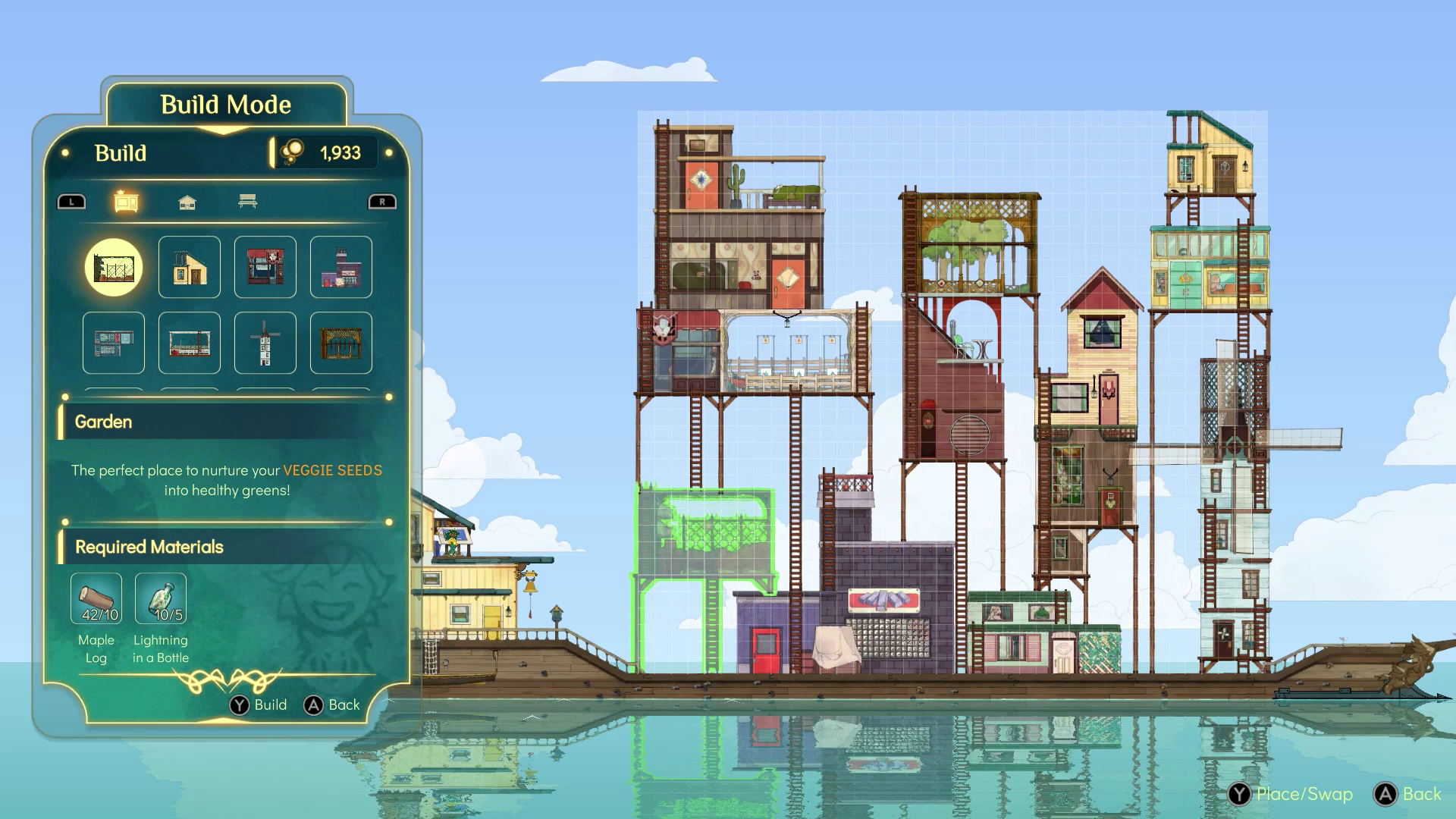
Keeping everything shipshape can be meditative and relaxing in its own way, but more than anything it requires a lot of focus. Playing “Spiritfarer” often feels like a practical lesson in the concentration and care required for constant maintenance. And that lesson is applicable in carrying out real-life responsibilities, from doing a job or schoolwork, keeping a living space clean, or maintaining one’s own emotional wellbeing. Through its novel framing of familiar game mechanics, “Spiritfarer” teaches the art of maintenance beautifully.
Laying Down The Load
Though Stella’s role as the Spiritfarer is partially about running a happy ship, her main duty is still taking spirits to the Everdoor and allowing them to pass on to the next life. After the player completes a spirit’s main quest line, they’ll ask to be taken to the Everdoor, where they’ll say their final goodbye and then depart. Obviously, each of these moments feature quite a bit of poignant dialogue, and many of them are extremely emotional.

Of course, one less spirit on the boat means one less mouth to feed, one less body to constantly hug, and a markedly easier job for the player… right? Well, it’s complicated. All of those tasks, in spite of their tedium, are the exact thing that got players invested in the characters in the first place. Sometimes the player’s lightened load palpably adds to the melancholy they feel about their departed friend. All of the tasks that the player once associated with that spirit, such as planting the seeds for their favorite food, suddenly evoke nostalgic, bittersweet memories. Paradoxically, players might find themselves missing the responsibility once it’s gone.
A game about an inexhaustible task with no linear end would certainly teach a lesson about responsibility, however bleak it would be. “Spiritfarer” goes even further in demonstrating that one of the most painful parts of bearing a responsibility is learning to let it go. Taken as a whole, it’s a charming, beautiful game whose central lesson is both remarkably complete and poignantly reflective of real life. For those looking for a new take on the management genre and for those seeking consolation as they navigate real-life responsibilities, “Spiritfarer” is a voyage well worth taking.
